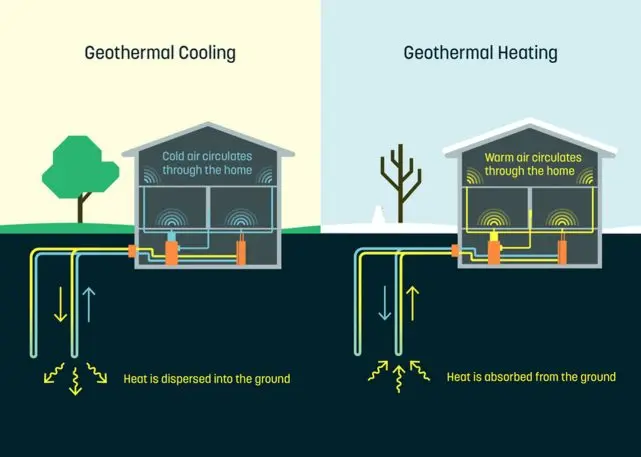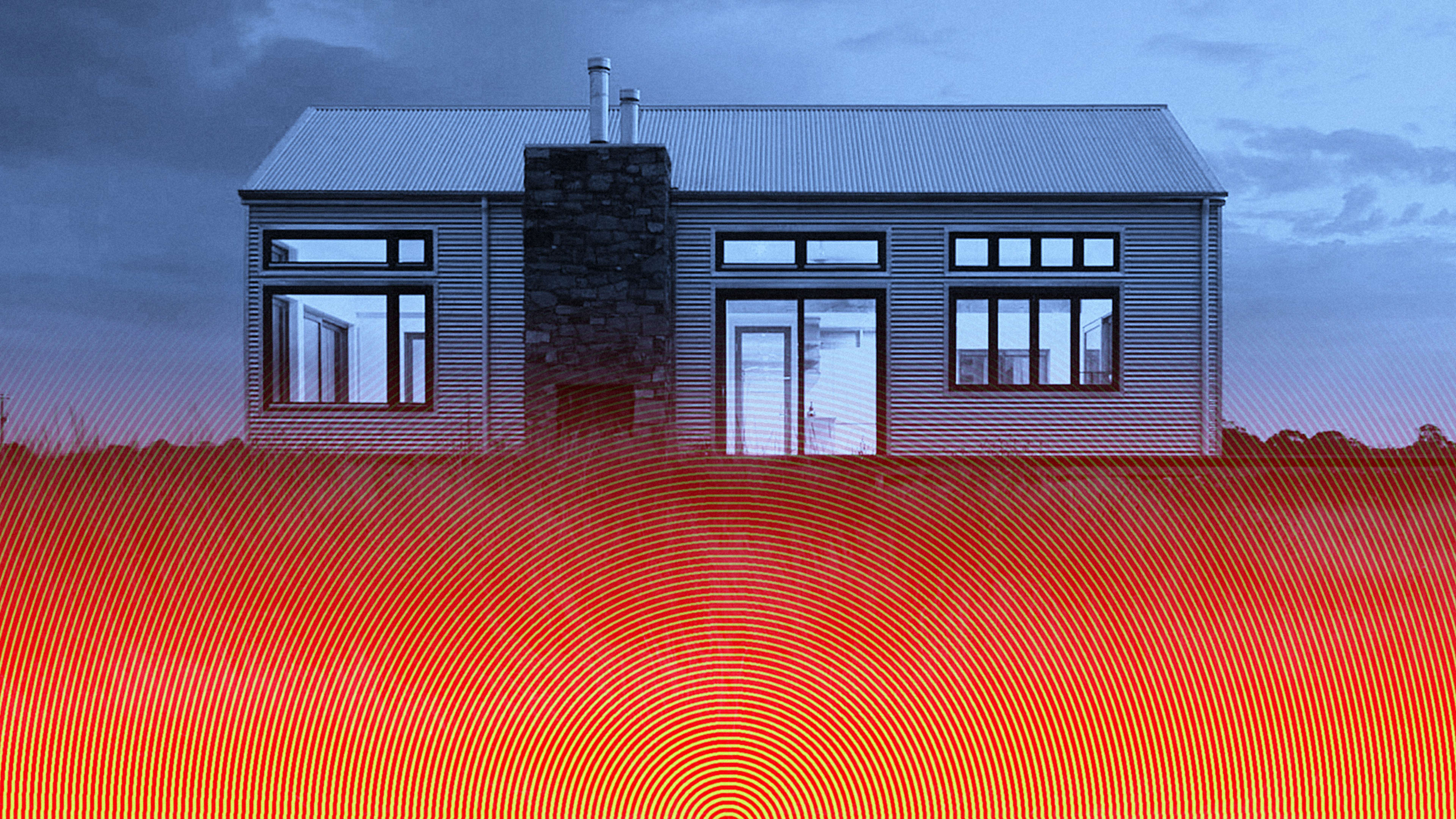At a cost of $80,000 and upwards, geothermal systems have often been too expensive for homeowners, even if harnessing the natural temperatures of the earth will eventually mean year-round savings on heating and cooling, and no more oil and propane tanks in the basement. But at $20,000? Might homeowners start becoming interested then?
That’s the hope of a New York startup called Dandelion. It has developed a whole new process for installing, packaging, and financing home geothermal systems, thus cutting the typical cost by up to three-quarters.
Developed over two years at X, Alphabet’s “moonshot factory,” Dandelion recently won $2 million in seed financing from venture capital firm Collaborative Fund, plus other firms like ZhenFund and Borealis Ventures. The startup currently operates in 11 New York counties (Dutchess, Ulster, Columbia, Greene, Rensselaer, Albany, Schenectady, Schoharie, Saratoga, Montgomery, and Fulton) and plans its first installations this September.

The cost of paying off a loan to build the system, in other words, will be lower than what homeowners would normally pay for oil or gas power over that same period, Hannun says. Dandelion hopes to do for geothermal what companies like Solar City and Sunrun have done for home solar: reduce equipment prices, wring efficiencies out of the installation process, and offer new types of financing packages where homeowners pay monthly instead of all-upfront.
Geothermal systems have two main elements: an electric heat pump inside the home, and ground loops dug into the garden (Dandelion’s go down about 500 feet). The systems exploit the natural heat of the ground below a house (in New York, it’s a constant 50 degrees Fahrenheit). In winter, the pump circulates water through the loops absorbing warmth in the ground and bringing it inside the home. The heat is condensed, then transferred into circulating air. In summer, the systems transfers the water and heat to the ground, cooling the air inside a home. The heat pump is roughly the same size as an oil furnace, which Dandelion installs alongside a water heater and smart thermostat.
Dandelion’s value proposition rests in simplifying and standardizing the installation process.
“In the past, geothermal has been almost like getting a remodel,” Hannun says. “That high level of customization requires a lot more time and detail because every job is different. We’ve built a product where one system fits most homes. If the home is not a good fit, we’ll disqualify that home, rather than changing the product.”
Dandelion does several new things to get the price down. First, it discriminates about who it works with. Its modeling and mapping tool accounts for weather (colder homes cost more), electricity and existing fuel costs, home age, and architectural style (and so on)—sizing up which homeowners could save most, and therefore might be the best clients. That might only be about a third of homes will initially qualify for Dandelion’s solution (yards also need to big enough to accommodate the loops).
Second, it has developed its own drilling rig–smaller and more nimble than traditional geothermal rigs. The custom-built machine is 19 feet long, 8 feet wide, and 8 feet tall, and weighs about 23,000 pounds compared to more than 70,000 pounds for a standard drilling rig. That means it can get closer to the house, and it won’t damage the grass so much, Hannun says.
Third, it drills a smaller hole–4.5 inches wide instead of a standard 6 inches. That means less dirt and rock coming out and less grout with which to fill the gap between the pipe and the ground. A six-inch hole produces 662 gallons of “spoils” and uses 561 gallons of grout to fill, Hannun says. A 4.5-inch one produces only 372 gallons of spoils and 271 gallons of grout–a 50% materials and spoils reduction. At the same time, Dandelion’s rig collects all the waste, so it’s not spread across the yard, Hannun says.
And, fourth, Dandelion plans to automate some of the drilling so it needs few people onsite, and less time to complete the whole job. Hannun estimates it will now take one or two days, instead of a normal two to four.
Dandelion decided to start in the Hudson Valley because natural gas often isn’t available, and many homes run either on oil or propane. Customers therefore have a greater incentive to move to a fuel-less heating and cooling system than other places. Geothermal, however, does tend to increase electricity costs, as more power is needed to run the heat pump. Dandelion currently only works with forced air-heated homes, but it plans to have an offering for homes heated with hot water within a year.
Hannun previously worked as a product manager at Google, while her partner, James Quazi, sold a home improvement service to SolarCity, the leading solar installer. If they can keep the price of geothermal at a level that makes it cheaper on a per month basis than traditional fuels, they might have a commercial model with legs. Why pump oil into your basement, if you can get most of what you need from the bowels of the earth?
Recognize your brand’s excellence by applying to this year’s Brands That Matter Awards before the early-rate deadline, May 3.
